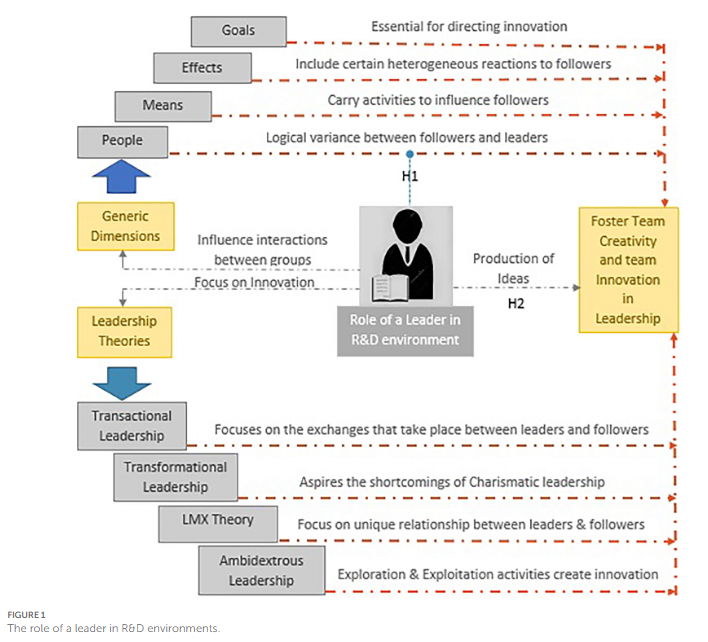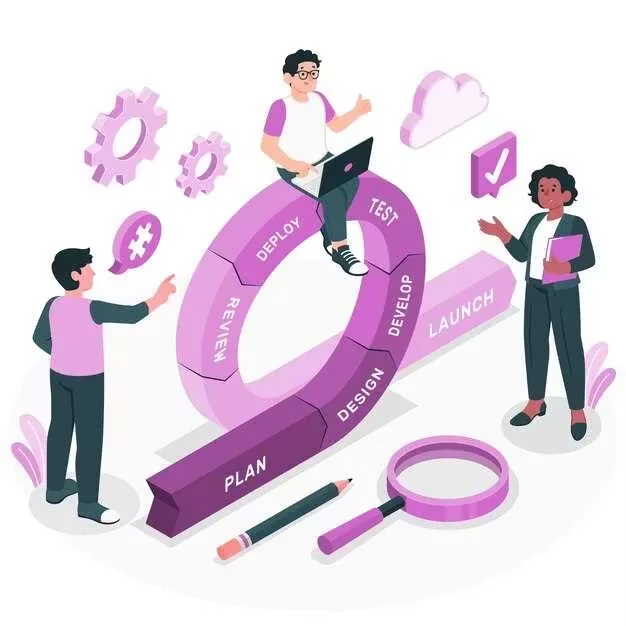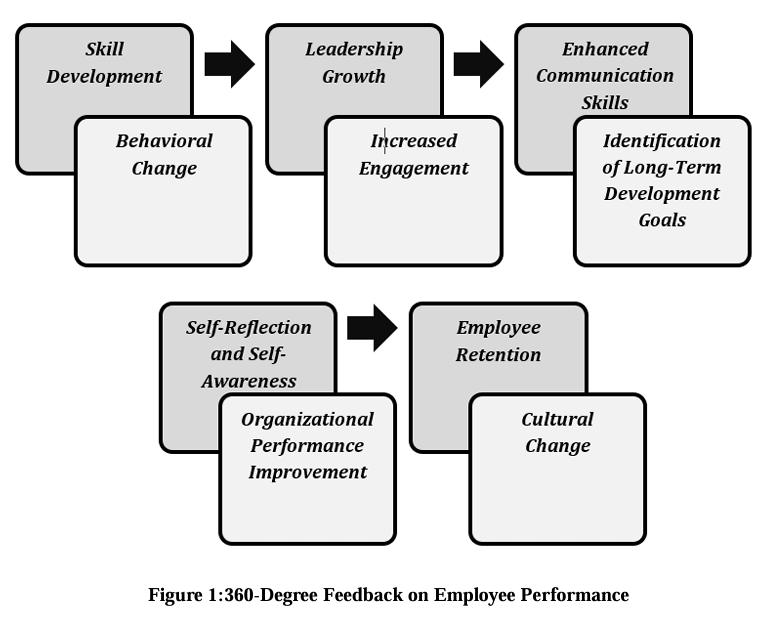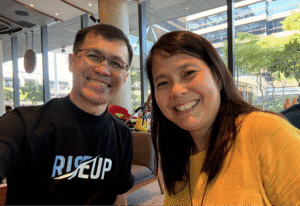Building new leaders is what transforms ordinary teams into high-performing ones that can lead, adapt, and grow. The difference isn’t in their tools—they often use the same ones—but in the leadership structure embedded from the start.
And yet, 58% of new managers fail within the first two years of their role. This staggering figure points to a systemic issue: leadership is treated as a title, not a capability to be developed early. Meanwhile, only 10% of organizations feel confident their leadership pipeline is strong (Singh, 2022).
This disconnect has real consequences. Teams underperform, morale drops, and companies resort to expensive external hires rather than nurturing internal talent. It’s not just inefficient—it’s avoidable.
This guide lays out a clear, strategic process for building high-performing teams by developing new leaders from day one. Whether you’re forming a new team or reshaping an existing one, you’ll learn how to align structure, culture, feedback, and growth—so leadership becomes a strength, not a gap.
1. Leadership Starts with Intentional Team Design

Aligning with Senior Leadership on Vision
Team design shouldn’t happen in isolation. Without clear alignment from senior leaders on goals, structure, and support systems, even the most skilled teams can struggle. Leadership must be built into the foundation—not added after challenges emerge.
Leaders should clarify:
What business outcomes the team is accountable for
How roles and responsibilities will be distributed
What growth structures (mentoring, coaching, feedback) will support team development
When this alignment is missing, teams often over-focus on deliverables while neglecting growth resulting in short-term wins but long-term instability.
Designing Teams with Leadership Potential in Mind
Instead of building teams purely around task output, structure them to develop future leaders. This means defining roles that encourage ownership, initiative, and influence—not just execution.
In a study of team dynamics, Markulis et al. (2010) found that teams with structured or rotating leadership roles outperformed those using passive leadership models—demonstrating stronger collaboration and adaptability.
Set your team up by:
Embedding potential leaders into hiring criteria
Designing workflows that rotate influence and encourage initiative
Creating environments where team members are trusted to lead within their scope
Structuring for Growth and Support
Leadership won’t emerge without systems that nurture it. Teams need built-in support such as:
Mentorship pairings
Feedback sessions with upward and peer input
Access to leadership development programs early in the team’s life cycle
Investing in this infrastructure early helps retain top talent and develop a leadership pipeline that scales from within.
2. Define Shared Purpose, Culture, and Values

Creating a Culture That Inspires Leaders
High-performing leaders are shaped by the strong team culture they work in—one that supports shared values, trust, and leadership readiness from day one. When teams are built on shared values and a clearly defined purpose, individuals are more likely to step up, take initiative, and lead with intent.
Teams that focus on soft skills—empathy, communication, and emotional intelligence—foster environments to grow naturally, not just be assigned.
Building Trust and Relationships Early
Trust is foundational to leadership. From day one, encourage transparency, open dialogue, and structured collaboration. Small actions—like peer check-ins, shared goal setting, and informal retrospectives—build the trust needed for leaders to emerge and thrive.
Aligning Values with Career Goals
People lead best when their personal aspirations align with the direction of the organization. Leaders should take time to understand individual career goals and show how they connect to the broader mission. When purpose and direction are aligned, people don’t just follow—they lead.
3. Spot and Support Leadership Potential from the Start

Recognizing Future Leaders
Great leadership doesn’t always come from the most vocal or experienced team member—it often shows up in quiet initiative, calm under pressure, and a consistent drive to improve. Knowing how to identify leadership potential early ensures you’re developing the right people, not just the loudest voices. Identifying these traits early is key to growing a sustainable leadership pipeline.
Look for individuals who:
Offer solutions, not just critiques
Support peers and build rapport
Respond well to feedback and show curiosity
Future leaders consistently display six traits: self-awareness, humility, empathy, curiosity, energy, and a bias for action. These aren’t tied to job titles—but they’re excellent indicators of role readiness.
Tools for Assessment and Feedback
Spotting potential is only the first step. To turn it into development, you need structured tools that provide constructive feedback and help emerging leaders understand how they’re perceived.
Effective methods include:
Use self-reflection prompts and assessment of leadership behaviors to help individuals recognize growth areas and leadership blind spots early.
Peer feedback in low-risk team settings
Manager assessments tied to leadership behaviors, not just task output
These approaches give people visibility into their strengths—and help direct support where it’s most effective. Encouraging self-aware leadership ensures people not only receive feedback—but internalize it with clarity. Encourage a Growth Mindset Culture
Emerging leaders thrive in environments that view failure as a learning tool, not a flaw. A growth mindset culture helps individuals stay resilient, seek feedback, and take risks that develop their leadership capability.
This doesn’t require grand gestures. It starts with leaders modeling curiosity, acknowledging their own learning edges, and encouraging reflection across the team.
When people feel they can grow, they lead from a place of confidence—not fear.
4. Build Coaching and Mentorship Into the Team Structure

Why Mentorship Is Essential?
Mentorship is one of the most effective, low-cost tools for developing leaders. It helps emerging talent gain confidence, learn from experience, and navigate new responsibilities without feeling isolated.
Pairing experienced leaders with high-potential team members builds trust and accelerates development. Formalizing a mentoring network ensures that growth is intentional, consistent, and scalable across the team. It also reinforces a culture where it isn’t limited to titles—it’s shared, supported, and grown intentionally.
To make mentorship effective:
Clarify roles and expectations for both mentor and mentee
Focus on soft skills, decision-making, and self-awareness
Track progress informally but consistently
How Coaching Accelerates Development?
While mentorship is built on shared experience, leadership coaching is structured around goals and accountability. It’s especially valuable when someone takes on a new role or faces a complex challenge.
Coaching helps:
Translate feedback into action
Improve focus and resilience under pressure
Close gaps in communication and confidence
Embedding coaching into your leadership strategy creates room for consistent improvement—not just correction.
Creating a Culture of Support and Feedback
Teams perform better when support is normalized—not reserved for when something goes wrong. Leaders should feel safe asking for guidance, sharing challenges, and receiving honest input.
By making mentorship and coaching part of the structure, you create a leadership environment where growth is expected—not exceptional.
5. Provide Hands-On Leadership Opportunities

Real Growth Comes from Real Responsibility
No training program replaces the power of lived experience. New and emerging leaders need real opportunities to lead, make decisions, and reflect on the outcomes.
Provide hands-on roles such as:
Leading internal projects or client initiatives
Representing the team in cross-functional collaborations
Facilitating post-project reviews or planning sessions
These experiences help leaders build confidence, adaptability, and practical problem-solving skills faster than theoretical learning alone.
Let Leaders Lead Through Challenges
It’s natural to want to step in when things go off course—but doing so too soon can stunt leadership development. Future leaders need space to navigate uncertainty and manage conflict while knowing support is available.
Encourage growth by giving:
Autonomy in low-risk decisions
Ownership of defined outcomes
Space for self-reflection and review after key milestones
By trusting them to lead—even when it’s uncomfortable—you show confidence in their potential and contribute to a culture of accountability and resilience.
6. Train and Reinforce Leadership Capabilities

Core Capabilities for Effective Leaders
Promoting someone into a leadership role without skill development is like handing over the keys without a map. Successful leaders need more than authority—they need capability. The most critical skills include:
Strategic thinking
Emotional intelligence
Communication and delegation
Decision-making under pressure
Adaptability and self-awareness
One powerful model for building these capabilities is the PMEG framework, developed in research-led environments but widely applicable to leadership development. Huang et al. (2022), effective leaders influence team innovation by aligning four core factors:
Core Capabilities for Effective Leaders

Adapted from Huang et al. (2022). The PMEG model shows how alignment across People, Means, Effects, and Goals fosters team creativity and innovation, even in complex environments.
This framework emphasizes how leadership is not just about direction—but about creating the conditions where people generate and implement new ideas.
To apply this practically:
Focus on building future leader skills like adaptability and emotional intelligence
Offer training that blends strategic and interpersonal development
Use feedback and reflection to reinforce capability-building
Mix of Learning Methods
People don’t all learn the same way, and leaders evolve at different paces. Relying on a single training format is rarely effective. Instead, high-performing organizations blend multiple learning experiences to keep development practical, consistent, and engaging.
Recommended approaches include:
Role-specific workshops and short-format training
Peer mentoring and leadership circles
Real-time coaching tied to specific projects or milestones
This variety keeps learning relevant and reinforces that leadership is not a destination—but an ongoing process.
7. Implement Continuous Feedback and Development Cycles

Make Feedback a Habit
Feedback is most powerful when it’s consistent, actionable, and embedded in day-to-day routines. When leaders give and receive feedback regularly—not just in annual reviews—they create a culture of openness, clarity, and continuous improvement.
Embed feedback through:
Bi-weekly or monthly one-on-ones
Real-time check-ins after key milestones
Peer feedback loops that normalize shared accountability
Use Tools That Support Leadership Development
Not all feedback tools are created equal. Traditional reviews often focus on evaluating past behavior. In contrast, developmental tools like 360-degree feedback drive growth by offering a full-circle view—from peers, direct reports, and supervisors.
According to Sawant et al. (2023), 360° feedback systems improve leadership skills, engagement, and self-awareness—ultimately leading to stronger cultural alignment and employee retention.

Figure adapted from Sawant et al. (2023), showing how 360-degree feedback influences leadership growth, communication, and long-term performance improvement.
This tool doesn’t just measure leadership—it builds it.
8. Encourage Adaptability Through Continuous Learning

Build a Learning-Centric Team Culture
Adaptability is one of the most valuable traits in today’s leaders. But it doesn’t happen on its own—it’s the result of teams that value experimentation, reflection, and continuous improvement.
A learning-centric culture promotes resilience, not just knowledge. Leaders in these environments are encouraged to challenge assumptions, adjust quickly, and grow through setbacks.
Chughtai et al. (2023), organizations that promote continuous learning and adaptive leadership outperform rigid systems—especially during periods of change. When team members are empowered to evolve, they stay relevant and engaged.
Ways to embed continuous learning:
Host monthly learning sessions or leadership sprints
Encourage team-led knowledge sharing
Use microlearning content to fit development into busy schedules
Empower Leaders to Reflect, Experiment, and Improve
Learning doesn’t always come from formal programs—it often comes from reflection and real-time problem solving. Leaders should be encouraged to ask questions, propose improvements, and take calculated risks.
To support this:
Celebrate innovation and initiative, not just results
Make time for team debriefs and lessons learned
Allow space for trial, error, and iteration
By making learning part of the culture, leadership development becomes a continuous loop—not a one-time event. This mindset also helps teams develop leadership skills that stay relevant as roles evolve.
Common Mistakes to Avoid When Building New Leaders

Promoting Based Solely on Performance
One of the most common mistakes is promoting high performers without evaluating their readiness to lead. Leadership requires emotional intelligence, communication skills, and the ability to influence others—not just individual output.
Before promoting, ask:
Have they shown initiative beyond their role?
Do they seek feedback and act on it?
Can they inspire and guide others under pressure?
Ignoring Soft Skills
Technical ability may get someone noticed—but soft skills sustain leadership. Overlooking traits like empathy, listening, and self-awareness leads to leaders who may hit targets but leave disengaged teams in their wake.
Build these skills into both training and evaluation, especially during team formation.
One of the most common mistakes is promoting high performers without evaluating their readiness to lead. Leadership requires emotional intelligence, communication skills, and the ability to influence others—not just individual output.
Before promoting, ask:
Have they shown initiative beyond their role?
Do they seek feedback and act on it?
Can they inspire and guide others under pressure?
Relying Too Heavily on External Hires
While external hires can add fresh perspective, over-dependence on them can create gaps in continuity and culture. When leadership is always brought in from outside, internal talent may stop raising their hand.
Prioritize internal development by:
Identifying high-potential employees early
Creating succession plans tied to strategic goals
Publicly recognizing internal leadership growth
Leadership Isn’t a Role—It’s the Foundation

Building High-Performing Teams Means Building Leaders
Teams don’t become high-performing by chance—they become high-performing because someone invested in their ability to lead. This doesn’t happen without a shared commitment of leadership across all levels of the team.
Research consistently shows that teams with proactive leadership development outperform those that rely on reactive fixes. As Piotrowska (2024) emphasizes, visionary organizations don’t just manage—they build adaptable, forward-thinking leaders who can respond to change and drive sustained outcomes.
If you’re building a new team or reshaping an existing one, remember: the strength of your team lies in the leaders you grow, not just the tasks you assign.
Your Next Step
Leadership doesn’t develop on autopilot. It’s a guided process—and that’s where we come in.
If you’re looking to identify, train, and support your next generation of leaders, our coaching services are built to help you do exactly that. Whether you’re launching a team or planning for growth, we’ll help you embed at every level.
Frequently Asked Questions
What are the first steps to motivate a team when building new leaders?
Start by defining clear team goals, identifying potential leaders early, and giving them small responsibilities to build confidence and motivation from the outset.
How does building new leaders improve team performance
Developing new leaders increases accountability, boosts team morale, and ensures decisions are made efficiently, resulting in a more agile and high-performing team.
What leadership traits are most important when creating high-performing teams?
Key traits include emotional intelligence, adaptability, strategic thinking, empathy, and the ability to inspire and motivate a team towards shared goals.
Can leadership training alone build a high-performing team?
No. While leadership training is vital, it must be paired with hands-on opportunities, continuous feedback, and a culture that encourages growth and accountability.
Why is promoting high performers without leadership training risky?
Because technical skills don’t always translate to leadership capability. Without proper training, new leaders may struggle to motivate a team, manage conflict, or drive long-term success.

A trailblazer in humanising leadership and building high-resilience teams. As a former United Nations Peacekeeper, he leverages his high-stakes experience to redefine leadership dynamics. With a career distinguished by numerous accolades, Joseph now helps organizations thrive through a human-centric approach, enhancing performance, productivity, and workplace culture.







